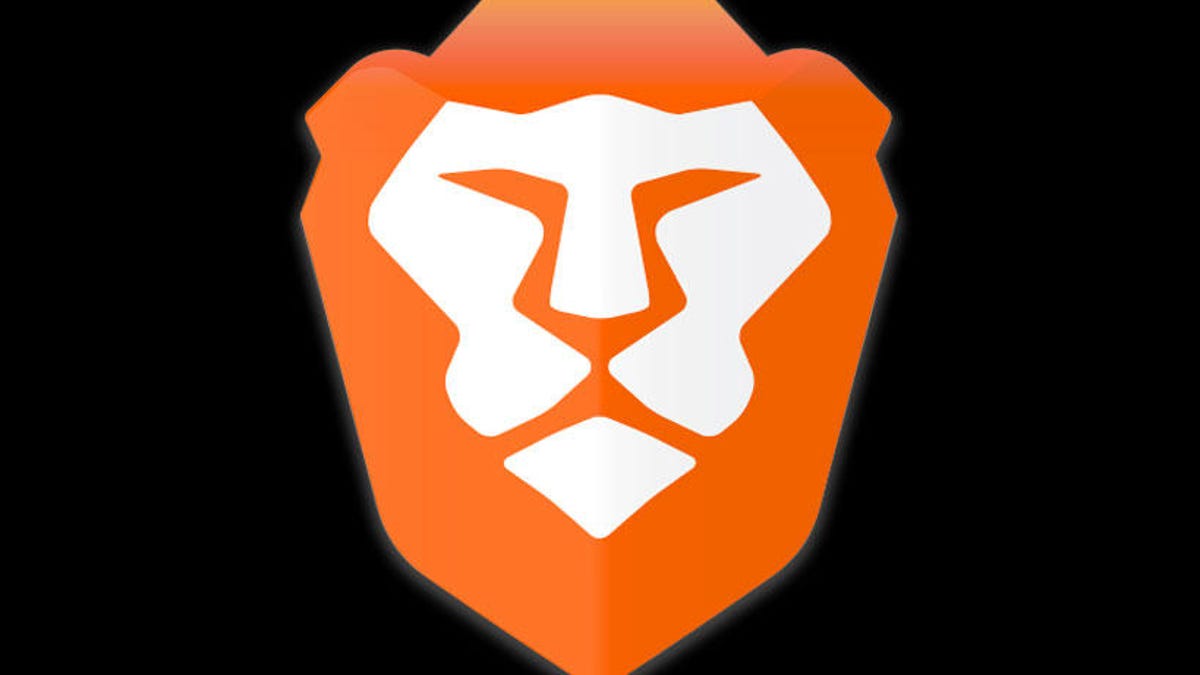Brave browser's $1M promotion is for publishers this time
You might see YouTube stars and websites trying to get you to use the browser so they can be paid even in today's ad-blocking world.

We're not lyin', Brave is handing out $1 million in cryptocurrency.
Browser maker Brave Software is giving away another $1 million in crypto-tokens, this time to try to get publishers and YouTube stars to sign up for the technology and get their followers to do the same.
The promotion uses Brave's basic attention tokens (BAT), a digital currency Brave created in 2017 to let advertisers pay publishers and browser users. Publishers can't yet be paid for ads with BAT, though that technology is in the works. But Brave users can pay publishers with BAT they either bought themselves or got through a Brave promotion.
In January, Brave gave away $1 million worth of tokens to attract people to use Brave (each BAT is worth about 43 cents right now, though the value has been volatile). The new promotion has the same $1 million value, but this time the tokens will go to publishers -- about $5 for each person they get to install and use Brave for at least 30 days. Approximately 8,000 website publishers and YouTube creators have signed up to receive Brave payments, but the new promotion is designed to get more on board through the use of a referral link they can share with their audience.
Brave's payment system "enables seamless donations and reconnects content creators with their audience," Chief Executive Brendan Eich said in a statement Thursday. "We hope this referral program will benefit creators even more by expanding the pool of contributors."
It's a notable illustration of what's possible with the cryptocurrency foundation called blockchain, a technology that stands to reshape how transactions take place and are recorded.
Brave developed BAT, promoted it, then sold a billion BAT it essentially created out of thin air last March. At the same time, the startup also created 300 million BAT that it kept for promotional purposes. There's a lot of dodgy behavior in the cryptocurrency world, and prices for digital currencies have been volatile to say the least. But so far, BAT has held its value, so the tokens have served as a useful way for Brave to raise money and now to lure people to its technology without having to open its war chest.
The basic attention token, developed by browser maker Brave Software, uses blockchain to oversee online ad payments that can flow among advertisers, publishers and anyone using its browser.
BAT is based on the idea that today's online ad ecosystem is troubled -- for example, by privacy-invading tracker software; bandwidth-sucking and battery-draining ads; and malvertisements that attack your computer or conscript it for somebody else's cryptocurrency-mining scheme. Brave starts by blocking all conventional ads and ad trackers, but only as a first step.
Later, Brave plans to start showing ads of its own, targeted with software running in the browser itself so advertisers and publishers can't track your online behavior anymore. Some of the ad revenue would go to publishers and some to Brave under the plan, but some also would go to you if you're using Brave.
About 1.4 million people use Brave each month. It's available free for Windows, Linux, MacOS , Android and iOS . Only the personal computer version so far lets browser users pay websites, but that feature is in the works for the phone version, too.
Brave, unsurprisingly, triggered fierce resistance from publishers and advertisers when it brought its ad-blocking browser to market in 2016. Eich is clear that he's trying to improve online advertising, though, not kill it, likening it to "putting chlorine in the pool."
And publishers have plenty of threats to online ads to reckon with already. More than 600 million devices have ad-blockers installed, and on Thursday, Google's dominant Chrome browser started blocking ads from sites that it deems are using them too aggressively.
CNET Magazine: Check out a sample of the stories in CNET's newsstand edition.
Rebooting the Reef: CNET dives deep into how tech can help save Australia's Great Barrier Reef.

